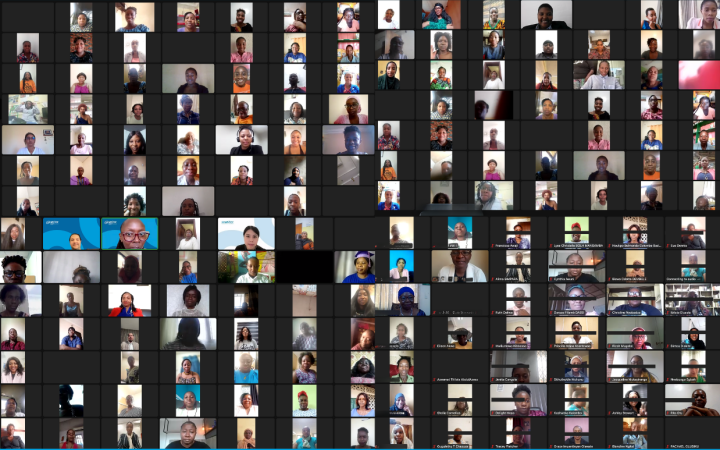Regional, rural and remote communities and patients across Australia will benefit from changes that begin on 1 January 2020 that will support more doctors, allied health professionals, nurses and Aboriginal health practitioners to work in country areas.
The changes are key elements of the Coalition Government’s $550 million Stronger Rural Health Strategy, which is delivering 3000 new doctors and 3000 more nurses into regional areas to better care for country patients, in addition to a number of other initiatives.
“The Government is working to support more doctors, nurses and allied health professionals to live and work in rural, regional and remote areas,” Minister Coulton said.
Minister Coulton said the three new initiatives that begin on 1 January are:
- The Workforce Incentive Program (WIP) which supports doctors and clinics to employ nurses, allied health professionals and Aboriginal and Torres Strait Islander practitioners to ensure patients can get help when they need it;
- The Bonded Medical Program which offers medical students with a Commonwealth Supported Place in a medical course at an Australian university in return for their commitment to work in certain regions once they have graduated; and
- Changes to rural bulk billing incentives that will ensure rural rebates are not being accessed by city clinics.
Minister Coulton said the WIP will support more than 5,000 practices and 8,000 medical practitioners.
“Those are significant numbers, and this change will make a real difference in country areas. It will mean that patients will have better access to a range of medical professionals,” he said.
“The WIP rationalises major workforce distribution incentive payments into two streams to encourage team based primary care for the benefit of people living in rural, regional and remote Australia.”
Minister Coulton said the changes to the Bonded Medical Program are supported by the sector and provide more flexible arrangements around when and how doctors can meet their commitment to work in rural communities.
“They can now work a total of three years over an 18-year period, which does not have to be continuous, can be full time or part time, and can be fly in/fly out in certain locations.
“These improvements help ensure more Australian trained doctors work in regional, rural and remote areas with workforce shortages, supporting better health outcomes.”
The new arrangements are part of the Government’s long-term objective to move towards a single bonded medical scheme in future years.
All new applicants to the Bonded Medical Program will enter under the new arrangements, with participants meeting their current obligations under the existing schemes able to opt in.
The geographic classifications, up until now, on which bulk billing incentives have been calculated is based on outdated 1991 population data.
Rural bulk billing incentives are being updated to the latest figures under the Modified Monash Model to ensure the definition of rural and remote areas is aligned with other workforce programs and are correctly targeted to these areas.








